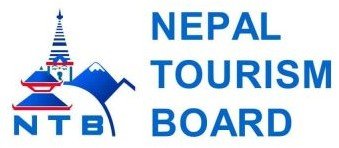How to Prepare for Trekking in Nepal?
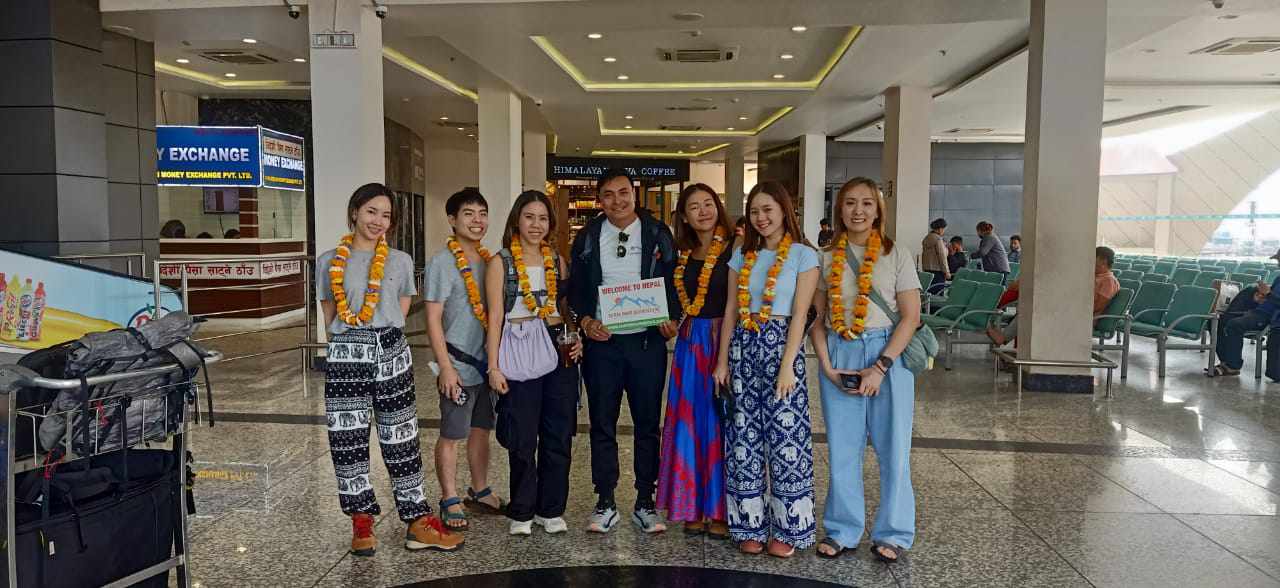
2nd Jun, 2024
- teamramadventure
Trekking in Nepal is a dream come true for adventurers and nature enthusiasts alike. Home to the world’s highest peaks, including Mount Everest and the majestic Himalayas, Nepal offers a range of trekking experiences from moderate to extremely challenging. Preparing for a trek in Nepal requires careful planning, physical training, and an understanding of the local culture and environment. This comprehensive guide will help you get ready for an unforgettable trekking adventure in Nepal.
Table of Contents
Chosing the right trek:
Evaluate Your Fitness Level:
Beginner Trekkers: Opt for shorter, less demanding treks like the Ghorepani Poon Hill Trek or the Langtang Valley Trek.
Experienced Trekkers:
Challenge yourself with the Everest Base Camp Trek or the Annapurna Circuit Trek. Advanced Trekkers: Consider remote and strenuous routes like the Manaslu Circuit Trek or the Kanchenjunga Base Camp Trek.
Research Trekking Seasons:
Best Seasons: Spring (March to May) and Autumn (September to November) offer the most stable weather and clear skies.
Monsoon Season:
(June to August) is less ideal due to heavy rainfall and slippery trails.
Winter Season:
(December to February) brings cold weather and snow, making high-altitude treks more challenging. Understand the Trekking
Grades:
Easy: Suitable for beginners with no prior trekking experience. Moderate: Requires a moderate level of fitness; involves longer walks and higher altitudes.
Challenging:
Demands good physical fitness and previous trekking experience; includes steep ascents and high-altitude passes.
Strenuous:
For experienced trekkers only; involves high altitudes, long durations, and harsh conditions. Physical Preparation Cardiovascular
Fitness:
Engage in regular aerobic exercises such as running, cycling, swimming, or hiking. Aim for at least 30-45 minutes of cardio exercise, 4-5 times a week.
Strength Training:
Focus on building strength in your legs, core, and upper body. Incorporate exercises like squats, lunges, deadlifts, and push-ups.
Endurance Training:
Practice long hikes with a loaded backpack to simulate trekking conditions. Gradually increase the weight and distance over time.
Flexibility and Balance:
Include yoga or stretching routines to improve flexibility and balance. Practice balance exercises to prepare for uneven and rocky terrains.
Mental Preparation Mindset:
Prepare yourself for the mental challenges of trekking, such as long days, physical discomfort, and changing weather conditions. Cultivate a positive attitude and resilience to handle unexpected situations.
Research and Knowledge:
Learn about the trek’s route, altitude, and potential challenges. Understand the symptoms and prevention of altitude sickness.
Essential Gear and Equipment Clothing:
Base Layers: Moisture-wicking and quick-drying materials. Insulating Layers: Fleece or down jackets for warmth.
Outer Layers:
Waterproof and windproof jackets and pants.
Accessories:
Hats, gloves, neck gaiters, and thermal socks. Footwear: Invest in quality trekking boots with good ankle support. Break them in before the trek to avoid blisters.
Backpack:
A comfortable, well-fitting backpack with a capacity of 40-50 liters. Include a rain cover for protection.
Sleeping Gear:
A warm sleeping bag rated for cold temperatures. A sleeping pad for added comfort and insulation.
Trekking Poles:
Helpful for balance and reducing strain on your knees during steep descents.
Miscellaneous Gear:
Headlamp with extra batteries. Sunglasses with UV protection. Water bottles or hydration system. Personal first aid kit. Snacks and energy bars.
Health and Safety Vaccinations and Medications:
Consult with a travel doctor for recommended vaccinations. Carry necessary medications, including those for altitude sickness (e.g., Diamox).
Altitude Sickness:
Acclimatize properly by ascending gradually and taking rest days. Stay hydrated and avoid alcohol and smoking. Be aware of symptoms such as headaches, dizziness, nausea, and shortness of breath.
Travel Insurance:
Obtain comprehensive travel insurance that covers trekking activities, high-altitude rescues, and medical emergencies.
Permits and Regulations:
Obtain necessary permits such as the TIMS (Trekkers' Information Management System) card and relevant national park permits. Follow local regulations and respect the environment.
Cultural Awareness Respect Local Customs:
Learn about the local culture, traditions, and etiquette. Dress modestly and respectfully, especially in rural areas and religious sites.
Language:
Learn a few basic phrases in Nepali to communicate with locals. English is widely spoken in trekking regions, but knowing local greetings can enhance your experience.
Environmental Responsibility:
Practice Leave No Trace principles by minimizing your impact on the environment. Avoid using single-use plastics and dispose of waste properly.
Final Preparations Packing:
Make a checklist of essential items and pack accordingly. Pack light but ensure you have all necessary gear and supplies.
Travel Arrangements:
Book your flights, accommodations, and any necessary transportation in advance. Arrange for a guide or porter if needed.
Emergency Contacts:
Keep a list of emergency contacts, including local authorities, your embassy, and insurance providers. Inform family or friends about your trekking itinerary and expected return date.
Conclusion:
Trekking in Nepal is an exhilarating and transformative experience that requires thorough preparation and respect for the local culture and environment. By following this comprehensive guide, you’ll be well-equipped to tackle the challenges and savor the rewards of trekking in one of the world’s most breathtaking regions.
Embrace the adventure, prepare diligently, and immerse yourself in the natural beauty and rich cultural heritage that Nepal has to offer. Happy trekking! For more detailed information, tips, and booking assistance, email us at: info@teamramadventure.co/teamramadv@gmail.com


 Plan Your Trip Now
Plan Your Trip Now 










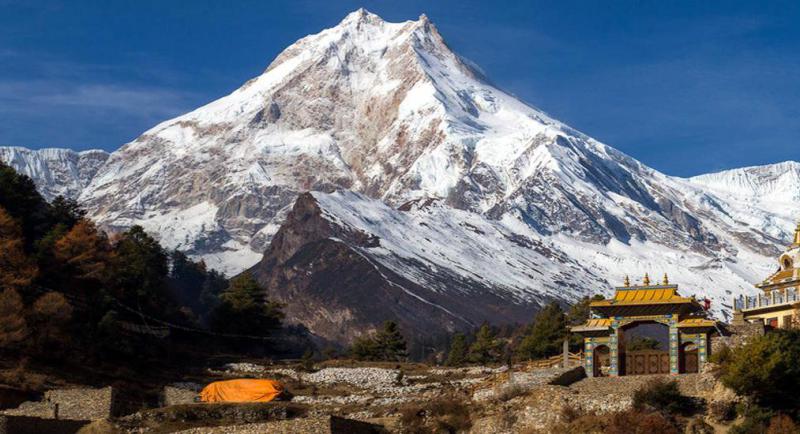

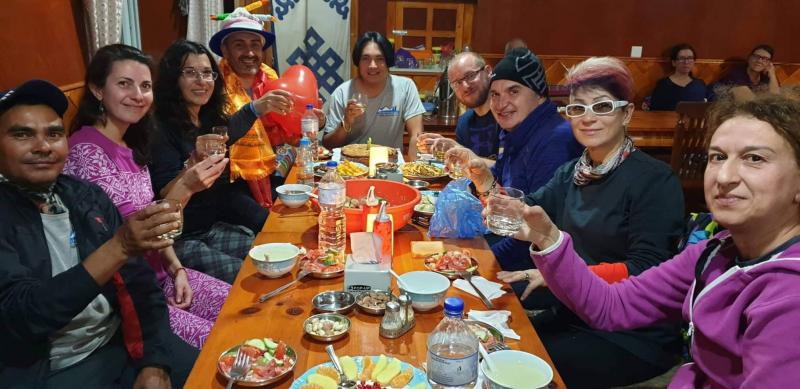









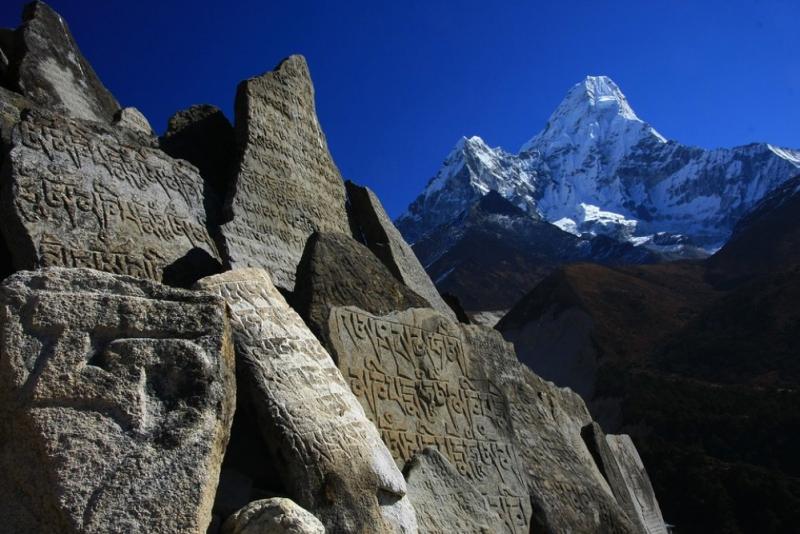






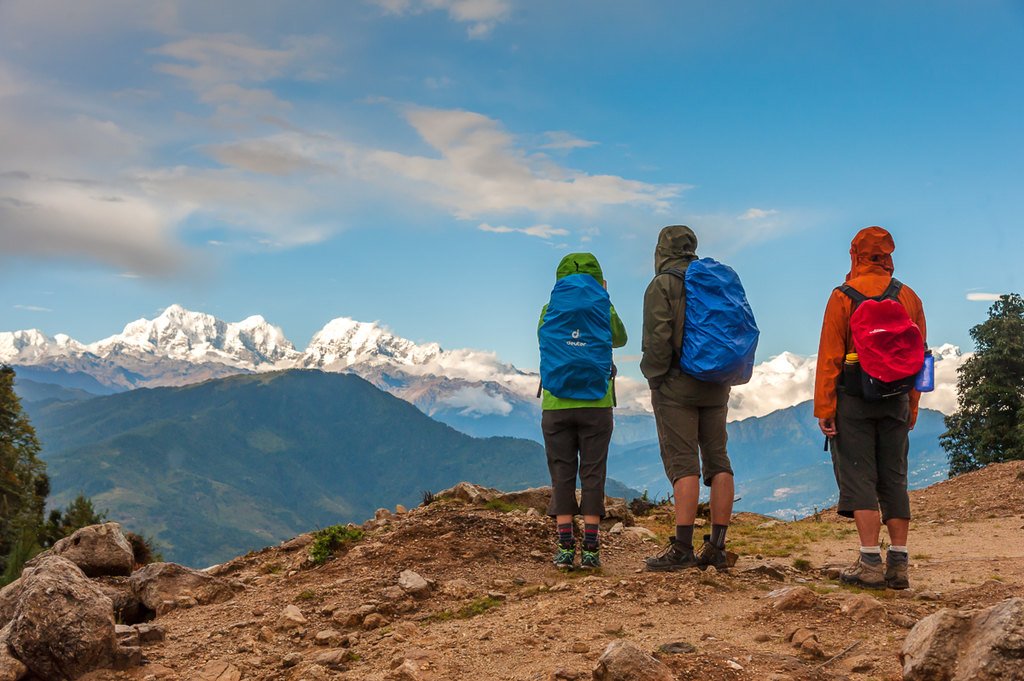
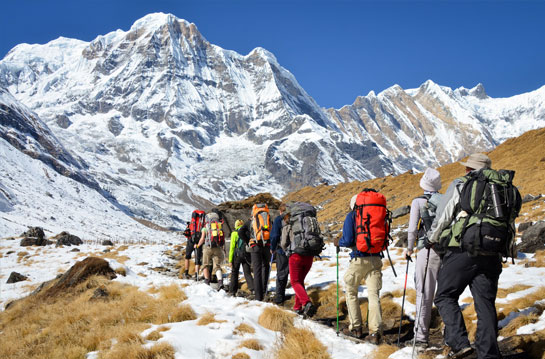
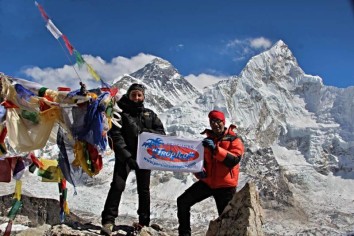






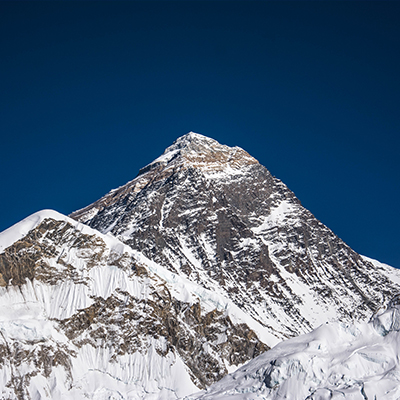


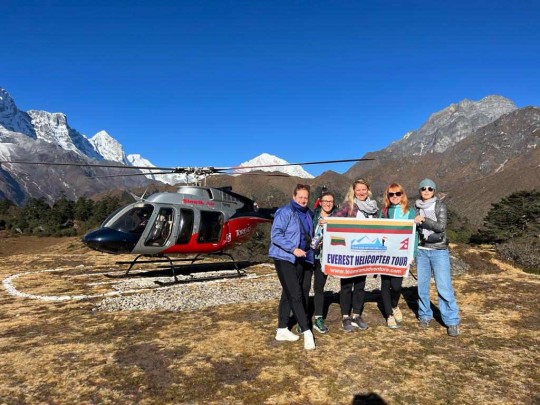



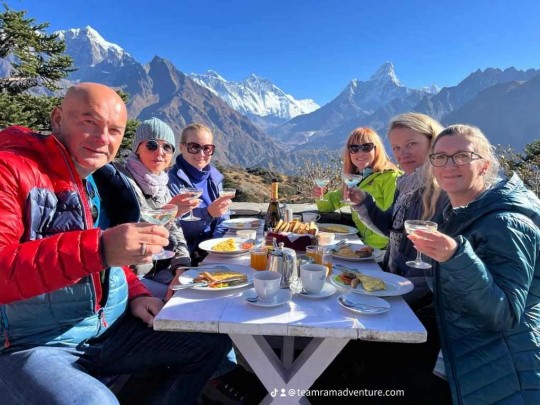







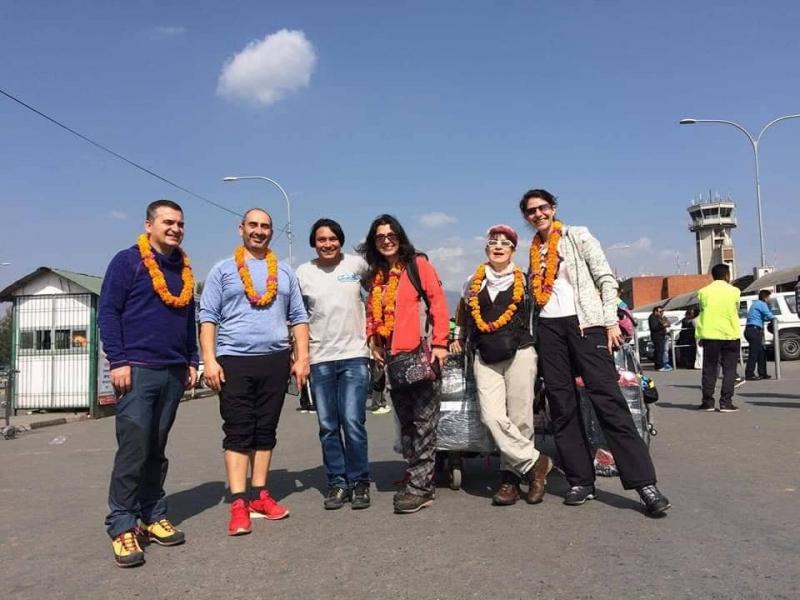












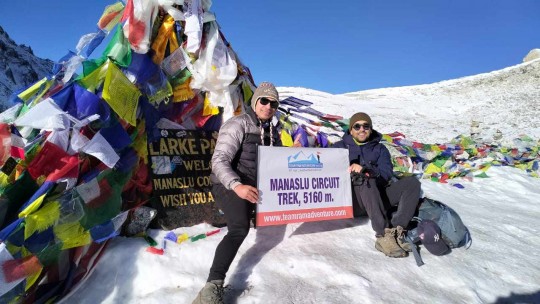
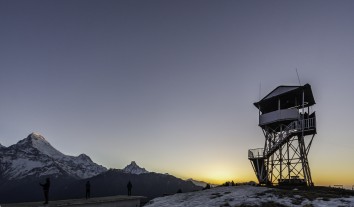
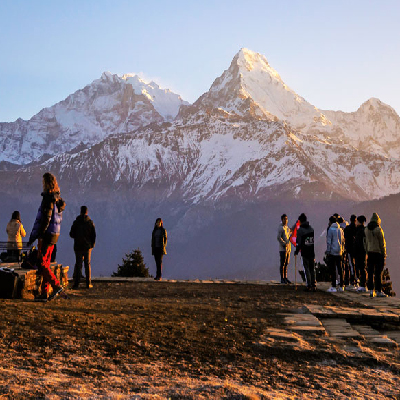










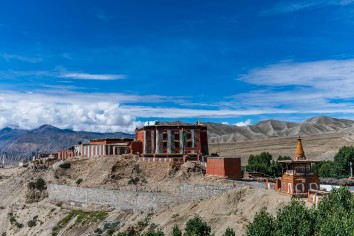


.jpg)







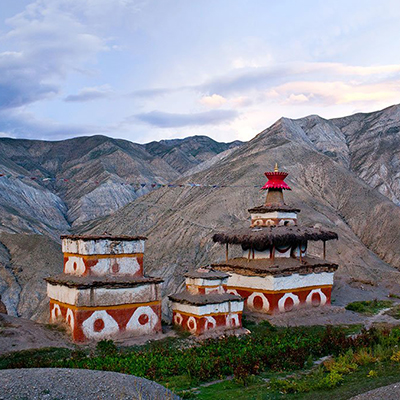
.jpg)


.jpg)

